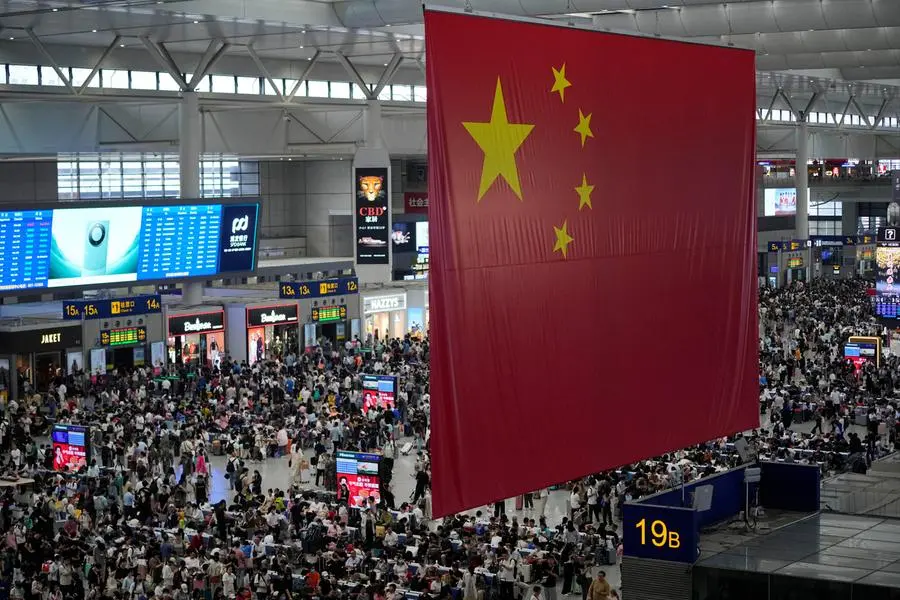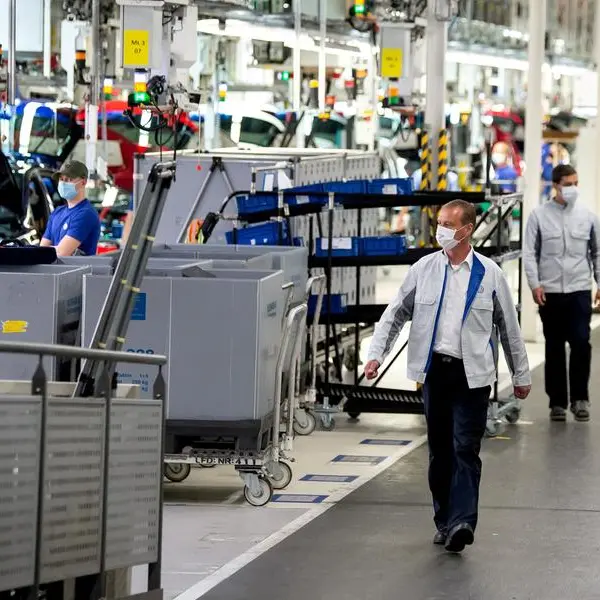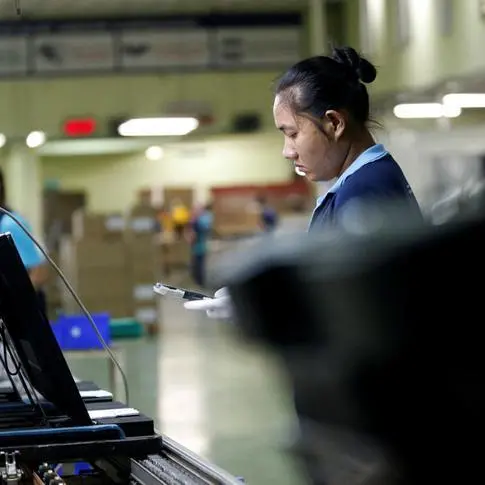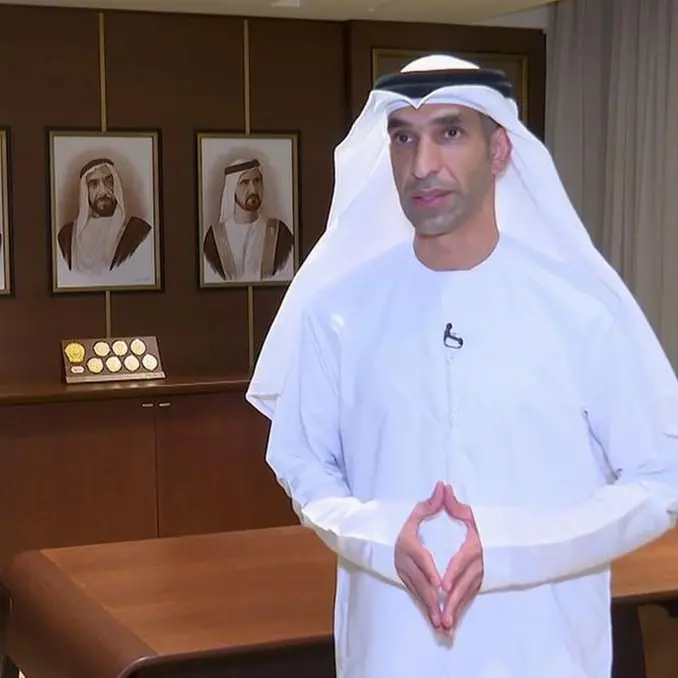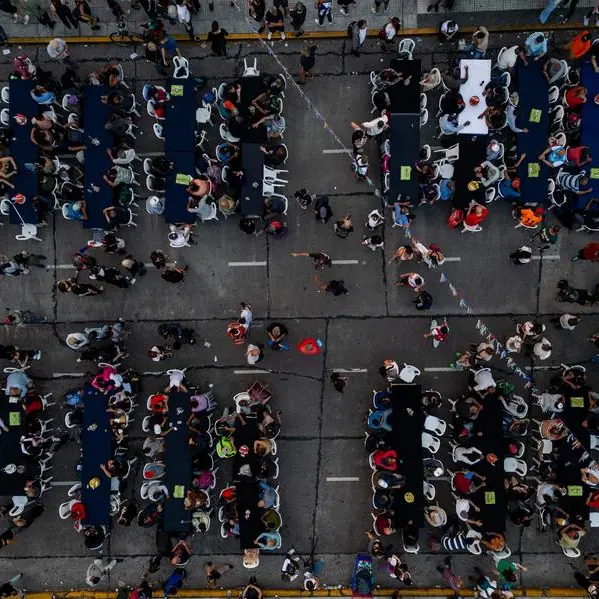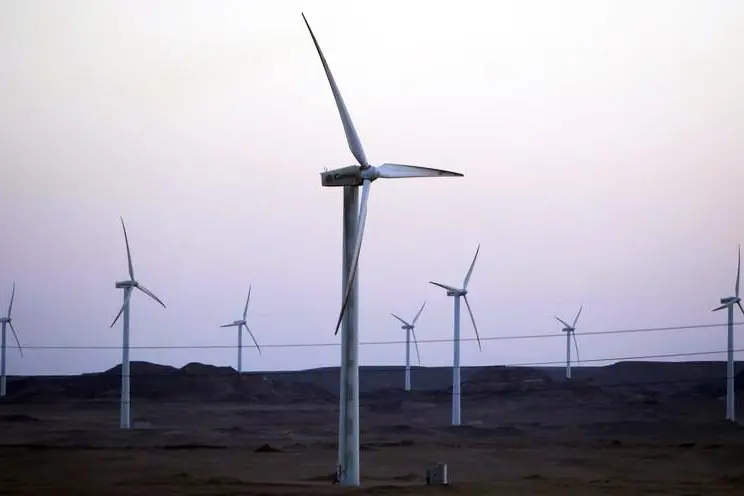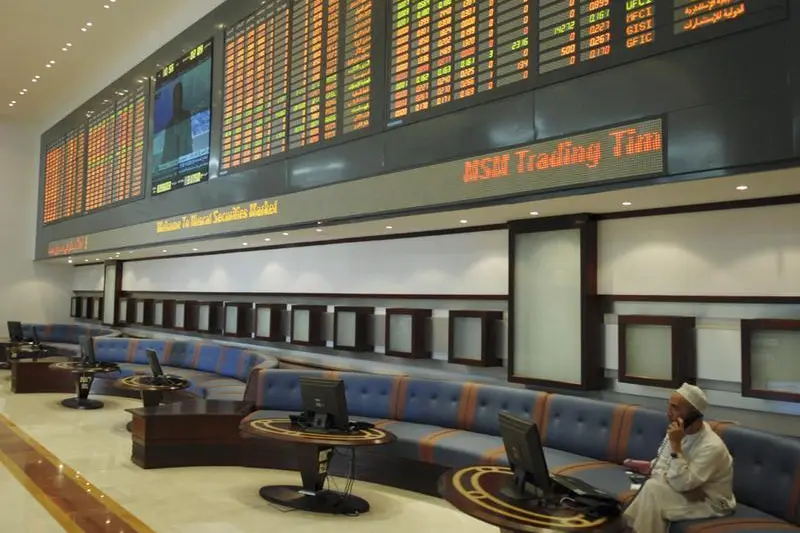PHOTO
BEIJING - China's manufacturing activity expanded for the first time in six months and services picked up in October, indicating that Beijing's latest stimulus measures are helping the battered economy turn a corner.
The National Bureau of Statistics purchasing managers' index (PMI) on Thursday rose to 50.1 from 49.8 in September, just above the 50-mark separating growth from contraction and beating a median forecast of 49.9 in a Reuters poll.
In a further encouraging sign, the non-manufacturing PMI, which includes construction and services, rose to 50.2 this month, after it dropped to 50.0 in September.
Policymakers are banking that a last-ditch stimulus effort announced in late September will pull economic growth back towards this year's roughly 5% target and kick lending and investment back into gear, as a sharp property market downturn and frail consumer confidence continue to deter investors.
"This is primarily an indication of the early impact of the higher fiscal support, enabled especially by an acceleration in government bond issuance," said Xu Tianchen, senior economist at the Economist Intelligence Unit.
"There was a record amount of such issuance in August-September, which translated into fiscal spending."
The mood in the manufacturing sector has been depressed for months by tumbling producer prices and dwindling orders, with industry plagued by the same lack of confidence that has held back investors and domestic consumers.
SIGNS OF RECOVERY
There are early signs, however, that Beijing has switched into a higher stimulus gear to prop up the world's second-largest economy and that confidence is slowly building.
China is considering approving next week the issuance of over 10 trillion yuan ($1.40 trillion) in extra debt in the next few years, Reuters reported on Tuesday, which would primarily be used to help local governments address off-the-books debt risks.
Youth unemployment eased in September, suggesting measures such as employment subsidies aimed at encouraging firms to absorb millions of fresh graduates are having some effect.
Meanwhile, retail sales and factory output sales beat forecasts last month, suggesting demand is beginning to make a comeback.
"50.1 is the smallest possible expansion for the PMI but nonetheless bucks expectations for continued contraction, and is a positive sign that the small bounce back of industrial production that we saw in September should continue," said Lynn Song, chief economist for Greater China at ING.
"Moving forward, we'll need to see if the stimulus rollout can lead to a recovery of domestic demand to offset potentially softer external demand," Song added.
China's exports, a lone bright spot, faded last month and the economy grew at the slowest pace since early 2023 in the third quarter.
China economists have previously pointed to how sentiment-based surveys often present a gloomier picture than hard data indicators. In the poll, one-in-three respondents forecast factory activity broke back into expansion this month.
"The PMIs have overstated the weakness in China's economy during the past year. But they still provide some sense of the direction of travel," said Julian Evans-Pritchard, head of China Economics at Capital Economics.
"The good news is that, after turning a corner in September, the official surveys point to further improvement in October, with an acceleration in manufacturing and services activity more than offsetting a further slowdown in construction," he added.
Industrial profits, a lagging indicator, recorded the steepest monthly decline of the year in September, data showed on Sunday. The National Bureau of Statistics said that was due to factors such as insufficient demand.
But EIU's Xu said the fact the new export orders sub-index dropped further in October but new orders rose to the 50-mark, after five months in negative territory, pointed to improving domestic demand. Firms' profits should show some improvement in the next two months or early next year, he added.
The overall improvement in the PMI was driven by large enterprises, which climbed to 51.5 from 50.6, and medium-sized firms, which edged up to 49.4 from 49.2. Small firms worsened on the month, however.
"The manufacturing sector's return to recovery in October shows the economy got off to a good start in the fourth quarter," said Zhou Maohua, a macroeconomic researcher at China Everbright Bank.
($1 = 7.1301 Chinese yuan)
(Reporting by Joe Cash; Editing by Jacqueline Wong)
